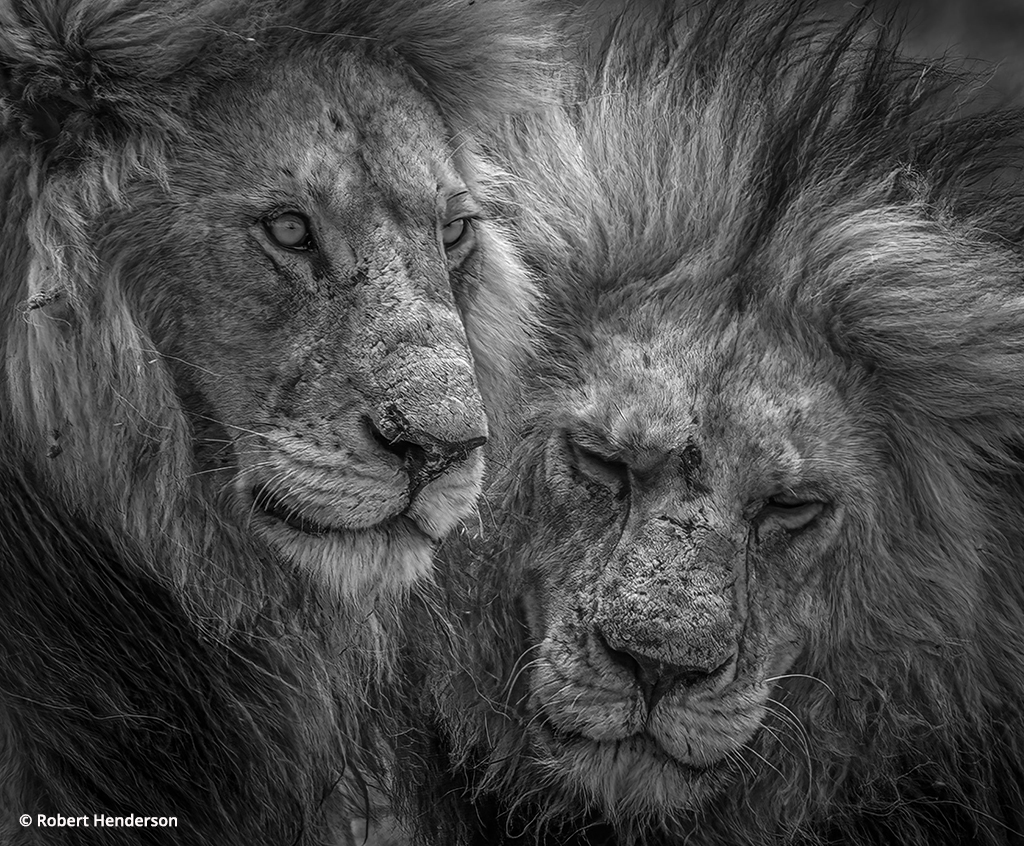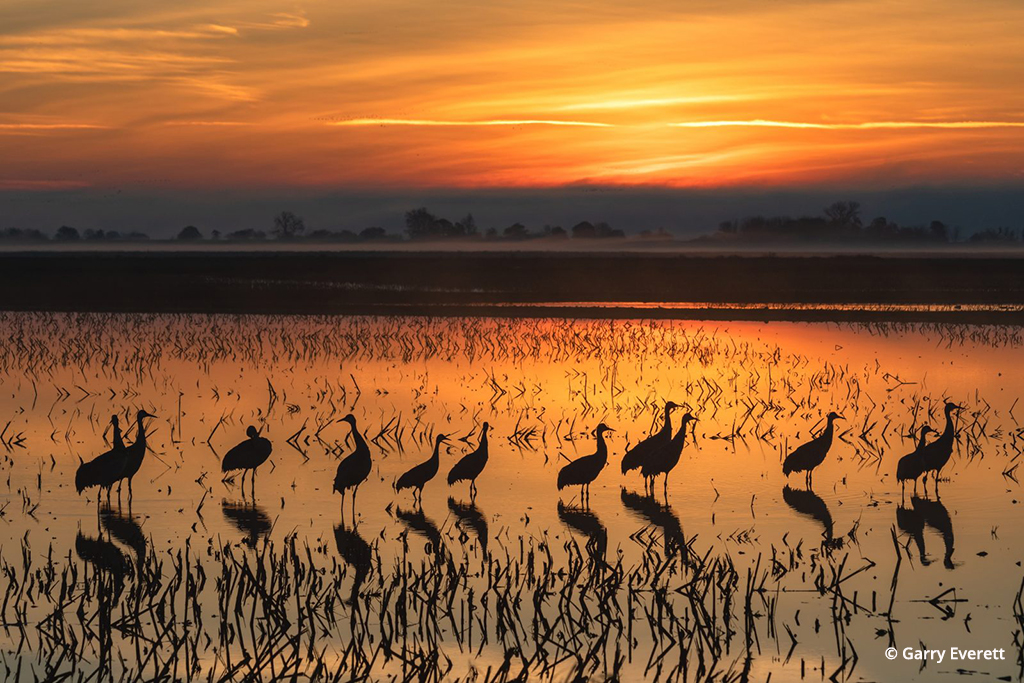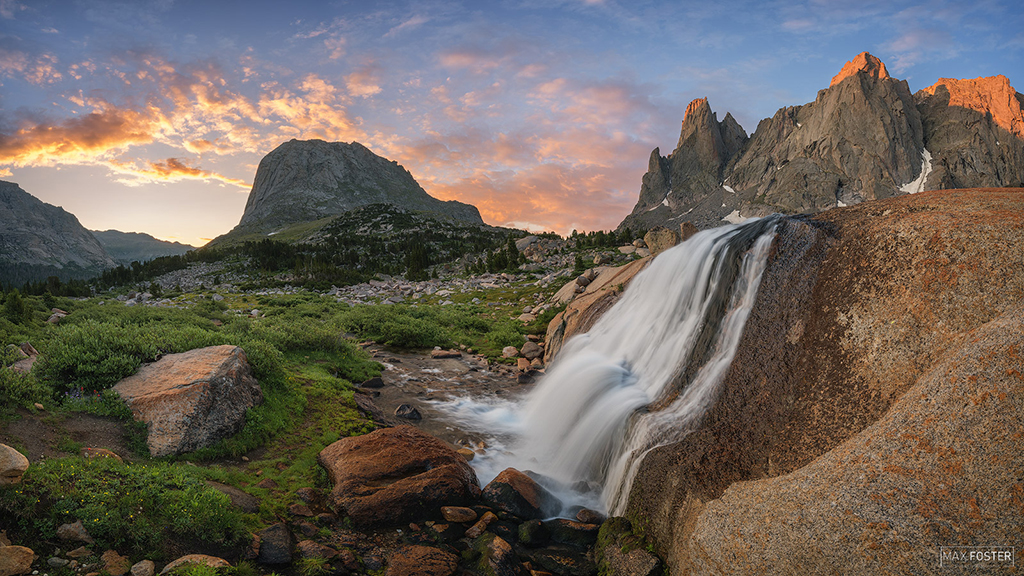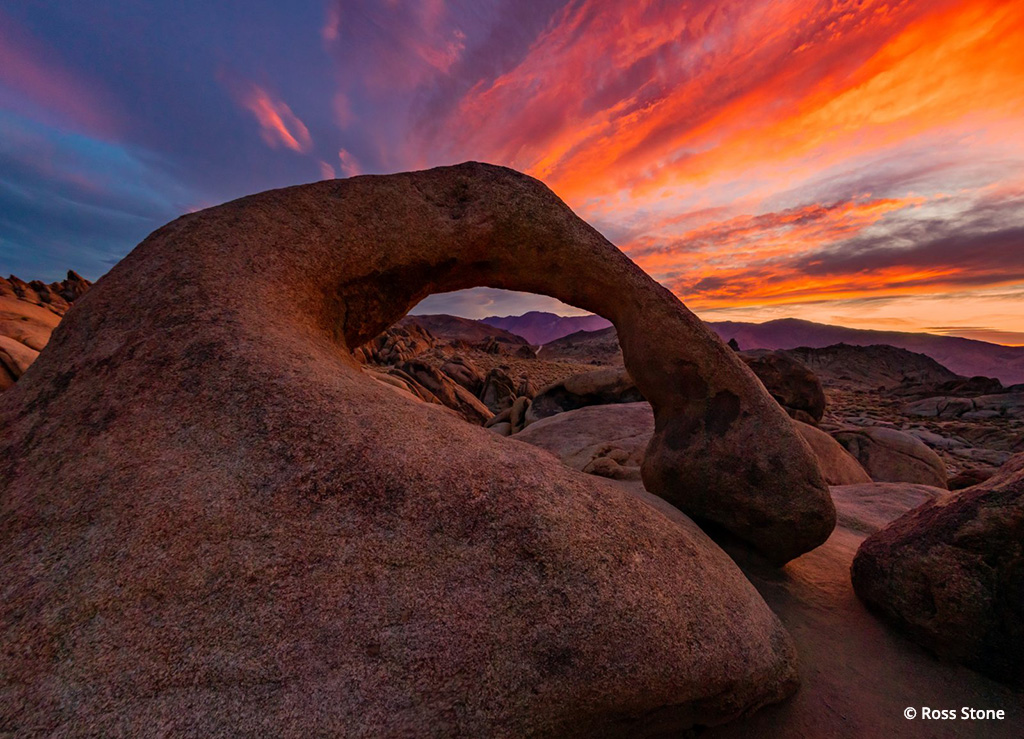Advertisement
Advertisement
Read Next

Photo Of The Day By Robert Henderson
Today’s Photo of the Day is...
Photo Of The Day By Garry Everett
Today’s Photo of the Day is...
Photo Of The Day By Max Foster
Today’s Photo of the Day is “The...
Photo Of The Day By Ross Stone
Today’s Photo of the Day is “Mobius...Advertisement


“First Rays On Crater Lake” by Scott Rubey
First Rays on Crater Lake, Oregon
The position was breathtaking, and a little terrifying, as well. Aside from the kitchen sink, the only other things I hadn’t thrown into my Subaru during my scramble to get to Crater Lake was a rope and a climbing harness—two items that would have lowered my blood pressure more than a few ticks under the current circumstances. My front tripod leg was no more than two feet from where the ice dropped to the lakeshore a thousand feet below; a week or so prior, a hapless tourist had taken the plunge when the ice cornice he had been standing on broke beneath his feet. I tried unsuccessfully to forget about this as I crept a few inches closer to the edge and attempted to ward off the January chill.
I had a hunch that something special was about to happen in Crater Lake National Park when I called the ranger from my home office in Portland that morning. An image of this location had been firmly seated in my mind’s eye for several years, and I had waited patiently for the right set of conditions to present themselves. Sure enough, the ranger confirmed that a high-pressure system was pushing into the area after four days of frigid wintery weather—skies were dramatic, and the fresh powder surrounding the crater was untrodden. Not about to forego such an opportunity, I piled my overnight gear, snowshoes and camera equipment in the back of my car and drove six hours on dicey roads to the park. Several hours of powder tromping and exploration of the crater rim had brought me to the perfect crossroads of foreground, midground and background; upon setting up camp, all that remained was hoping the perfect light would present itself.
As its name would suggest, Crater Lake came into existence through a cataclysmic eruption. After Mt. Mazama blew its top nearly 8,000 years ago, the resulting caldera filled with water. Within 800 years, a colossal azure-dyed basin had taken its place; it remains the second deepest lake in North America (by less than 100 feet), and the ninth deepest worldwide. After a group of gold-prospecting white men stumbled across the lake in 1853, creatively naming it “Deep Blue Lake”—perhaps the understatement of the century, and a short-lived moniker—it was only a matter of time before it would capture the imagination of the Executive Branch. In 1902, one year after taking office, Theodore Roosevelt would designate Crater Lake a National Park; he would christen four more during his presidency.
Full Moon over Wizard Island, Crater Lake NP, Oregon
I cursed Roosevelt and the results of his foresight as the sun fell behind the distant foothills that night. Had it not been for the lake’s relative accessibility, I wouldn’t be shivering uncontrollably at its rim miles into the backcountry, trying in vain to blow life into my nearly frozen digits. The full moon that rose that evening behind Wizard Island was some consolation. A series of longer exposures would yield rich panoramics; oranges and pinks seldom visible to the naked eye would reflect themselves in the water far below, though they felt as though they could be gathered and sprinkled upon the soft snow at my feet.
I had counted on the trailing end of the week’s storm to yield dramatic skies the following morning, but as I unzipped my tent, I fretted my efforts were all for naught. A palpable calm had settled over the crater; there wasn’t a cloud to be seen. It would be a lovely day for exploration, but a terrible day for photography. Nevertheless, remembering Wayne Gretsky’s memorable quote, “You miss 100% of the shots you don’t take,” I shook off the morning cobwebs, brewed up a cup of coffee, and positioned my tripod on the crater rim. The vastness of the landscape before me was challenging to frame even with a 16mm lens, and I toyed with different compositions for the next half hour. After 45 minutes, I checked my watch: 7:50am. The sun would be out in less than one minute, all but completely washing out my background. I had made some decent images, but nothing that truly captured the immensity of what lay before me. It was time to pack up.
That’s when I noticed the tiny sliver of fire cresting the horizon in the right-hand side of my frame. It dawned on me in that moment that my most unique photographs have never been the ones I’ve imagined in my mind’s eye; they had relied as much upon spontaneity as upon pre-visualization. Knowing I had less than 30 seconds to act, I dove into my camera bag and blindly snatched a handful of split-ND filters. Stacking 5-stops worth in front of my lens to rein in the background exposure, I stopped down to f/22, held my breath, and fired away.
Equipment and Settings: Nikon D800, Nikon 16-35mm f/4, Gitzo tripod, Acratech ballhead.
First Rays on Crater Lake, OR: ¼ second at f/22, ISO 100, Singh Ray 2-stop and 3-stop grad-ND filters (stacked)
Full Moon over Wizard Island: 2 seconds at f/16, ISO 400
See more of Scott Rubey’s work on his website, www.scottrubey.com and visit him on Facebook.